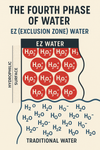- Prof Gerald Pollack’s Fourth Phase of Water (EZ Water) reveals a structured, negatively charged state of water that forms next to hydrophilic surfaces, acting like a natural battery powered by infrared light
- Dr Gilbert Ling’s pioneering work proposed that water inside living cells exists in a structured, polarised form — challenging mainstream cell biology
- Both Ling and Pollack’s insights suggest that water is not just a background solvent in biology, but an active, structured medium essential for life?
By Sebastian Lim
WATER is often taken for granted — a simple molecule that flows, freezes, and evaporates. But what if water holds secrets far beyond its conventional roles in hydration, chemistry, and climate? Professor Gerald H. Pollack, a biomedical engineer at the University of Washington, has gained international recognition for his radical reinterpretation of water’s behaviour. His theory of a Fourth Phase of Water — a structured, ordered phase distinct from ice, liquid, and vapour — challenges long-standing assumptions and could have profound implications for biology, chemistry, and energy science.
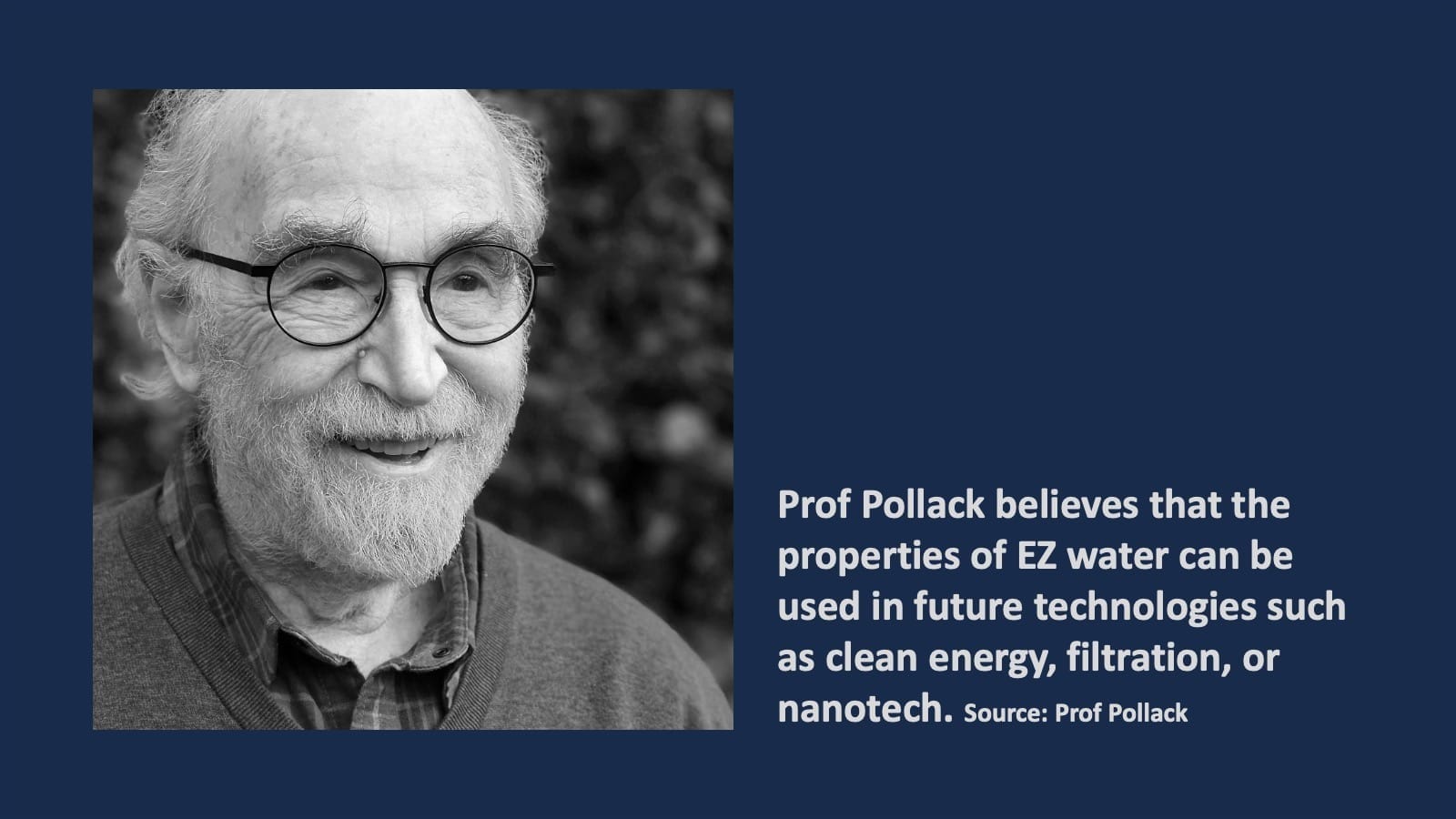
Below, Prof Pollack shares his insights on this groundbreaking discovery, building on the foundational work of cell physiologist Dr Gilbert N. Ling.
What is the Fourth Phase of Water, and how does it differ from the traditional phases? What sparked your investigation?
The fourth phase of water differs from the three known phases, and is somewhere between liquid and solid. It has a gel-like character.
I first became aware that biological water was not the same as liquid water from experiments carried out by Gilbert Ling. Ling had professed that water molecules in the cell were ordered, like soldiers at attention. His work inspired our scientific immersion into biological water.
It’s easy to see that biological water differs from liquid water. Just look at the consistency of raw egg white. It’s a gel, not a liquid. If cell water were liquid water, then cutting through a cell would be like beaching a water pipe: Water would come pouring out. Experimentalists find no such result, nor do surgeons cutting through abdominal tissues. Blood emerges, but water does not.
What are the physical and chemical properties of EZ water, and how is it formed?
As Ling described, cell water is “structured.” While Ling thought of the structuring as the lineup of water molecules, we found something different. We found that when water met a biological surface, it transformed into a different species. Later, we found the same next to most (though not all) hydrophilic surfaces.
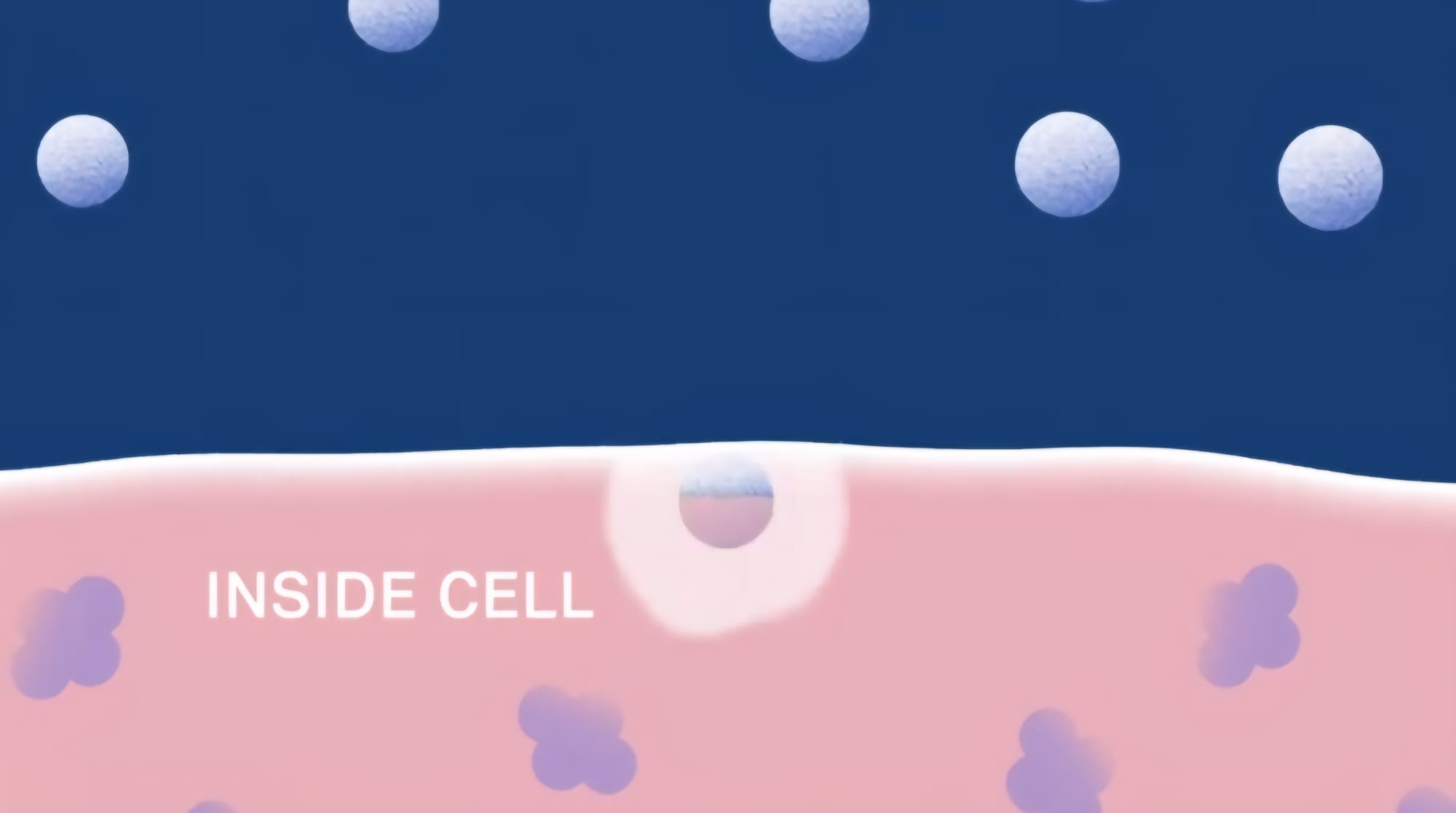
We found that individual water molecules transformed into a sheet-like structure. The sheet contained the hydrogens and oxygens of water molecules arranged in honeycomb fashion. The first sheet served as a template for the growth of the next sheet, and so on. Those sheets could number more than a million, creating a tightly packed zone that we refer to as the “Exclusion Zone” (EZ) or Fourth Phase of water. That “fourth phase” is the equivalent of Ling’s “structured” water.
An easy way to see this structure is to add water to chia seeds. The mixture creates a gel-like mass. That gel is built of EZ water.
A defining characteristic of that water is its negative charge. In biological systems, we found the EZ was negatively charged, while the water lying beyond the EZ was positively charged. Such separation of negative and positive form a battery. This battery can supply electrical current. Proof of principle has been demonstrated by immersing electrodes respectively in negative and positive zones. The resulting current was sufficient to light an LED lamp.
All batteries need to get charged. We found that the EZ-water battery gets charged by light — somewhat by red light and much more intensely by infrared (IR) light. Modest amounts of IR light can bring about major expansion of the EZ.
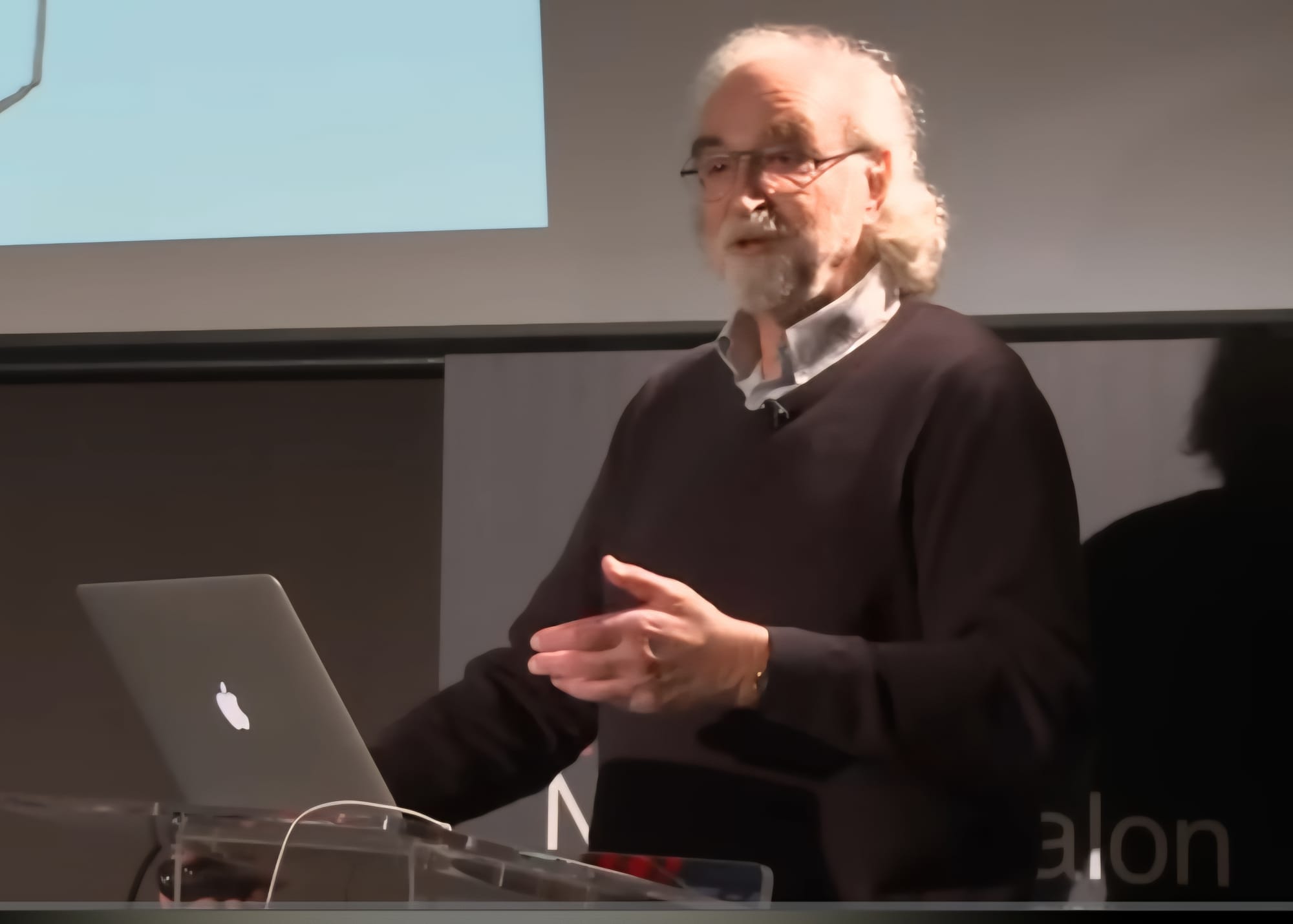
Click here to watch the video on Water, Cells and Life by Prof Gerald Pollack.
EZ water fills the cell. It builds next to intracellular proteins and other solids. A healthy cell is packed with EZ water, which gives it a substantial negative electrical potential. When like charges pack tightly together, the ensemble contains potential energy. That is, the negative charges want to disperse. When they disperse as the cell goes into action, that potential energy gets expended. In that way, the EZ battery delivers energy to the cell. The extent to which that energy contributes to the overall cellular energy is not yet settled. Evidence supports the view that this energy propels biological flows, including flow in the cardiovascular system. Beyond that, studies need to determine the extent to which water-derived electrical energy drives biological processes.
Could the properties of EZ water be used in future technologies such as clean energy, filtration, or nanotech?
Yes to all. As already mentioned, the potential energy contained in the EZ system can be extracted in the form of electrical energy. The challenge is scale-up. Can the principle be exploited to capture enough energy to power a home? Or a town?
Filtration has also been achieved. Instead of a physical filter, which needs frequent cleaning or replacement, filtration is achieved by collecting EZ water, which excludes contaminants. A device has been built. The input is contaminated water, while the output is clean EZ water. Appreciable scale-up has already been achieved, with a future promising simple removal of pharmaceuticals, microplastics, and other contaminants from water.
A remaining question is whether salt can be treated as a contaminant. If so, then it might be possible to use the same method to filter salt from ocean water and in so doing, create a virtually unlimited source of drinking water. That’s now possible using reverse osmosis. But that method requires huge energy input, which the filterless filter does not.
How is EZ water viewed in the scientific community today? Is mainstream acceptance growing?
During the last several years there has been a surge of interest. That interest has come mainly from practitioners of natural healing, scientists appreciating the value of fundamental breakthroughs, and those interested in applying the underlying principles of EZ water in diverse technological areas. Still resisting are those involved with surface biophysics, whose views traditionally deviate from the evidence underlying this new formulation.
While the impact is rapidly expanding, what may be needed is a practical technological breakthrough based on the EZ theme, a breakthrough that demonstrably changes the world. It would then become difficult to argue that the evidence is equivocal.
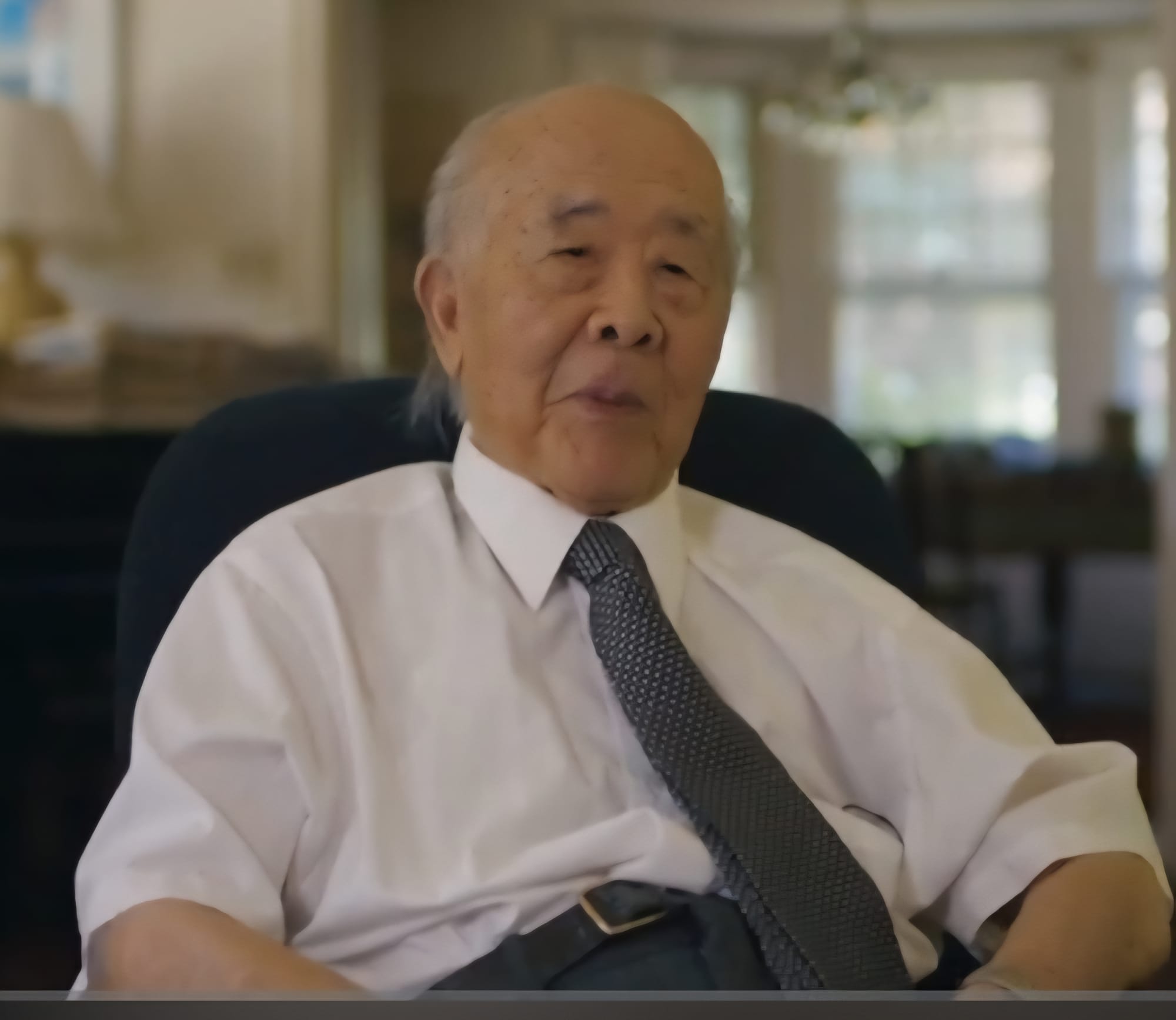
Finally, what is your view on Dr Gilbert Ling’s legacy and its impact on your work?
All that we have found was stimulated by the work of Gilbert Ling. We stand on his shoulders. Without the inspiration provided by his pioneering work, never would the work that has now attracted the interest of so many scientists, technologists, and health practitioners have emerged.


